Kettlebells were practically unheard of until recently, but now exercising with these odd-shaped weights has quickly become the newest fitness trend for women. And there’s good reason! Busy schedules have made many of us choose between cardio workouts or strength training. That’s in large part because the fitness community, until recently, has replaced many of the full-body exercises with countless isolation exercises. The full-body conditioning of a kettlebell workout is just one of the many reasons you should add them to your daily workout routine, but here’s what you need to know…
You may be hearing of kettle bells for the first time, but they’ve actually been around for ages. Most often, they’re made from cast iron and cannonball-shaped with a single handle on top. They come in a variety of weights, similar to traditional free weights, and you’ll soon discover they are one of the best and most efficient fitness tools you can use!
What are the benefits?
As, we’ve already mentioned, kettlebells incorporate a full-body exercise into your workout routine, but you’ll see several other benefits, as well:
1. Less time at the gym because training with kettlebells involves working multiple muscle groups at the same time.
2. Less injuries because kettle bells will work your hamstrings, glutes and back, which are often neglected. Plus, kettle bell training can strengthen the ligaments, tendons and cartilage at your joints, which helps keep your joints strong and healthy preventing injury.
3. More strength with leaner muscle building that appeals to women.
How to start using kettlebells?
You should start with a slightly lower weight than you might expect until your skills improve enough to try a higher weight without risking injury. Women most often tend to start with 12 to 26 pound kettlebells, depending on your fitness level.
The first time you reach for a kettlebell, start with the “two-handed swing” because it’s one simplest motions to grasp and targets your shoulders, back, hips, legs and butt.

Step 1:
Stand with your feet slightly wider than shoulder-width apart. Hold the handle of kettlebell with both hands and your arms in front of your thighs, palms facing you. Squat, keeping your chest open and your back flat.
Step 2:
Drive hips forward, chest upright, and knees straight so kettlebell swings forward and upward.
Step 3:
As the kettlebell naturally falls, bend over at hips while bending knees so forearms make contact with inner thighs and kettlebell swings under your hips.
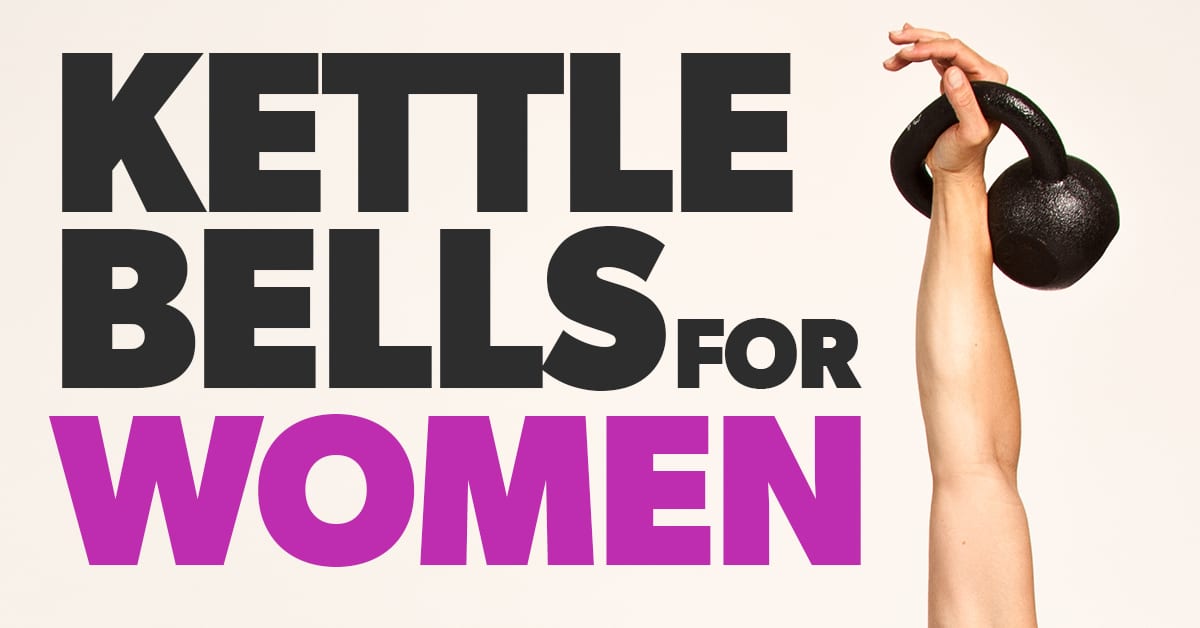

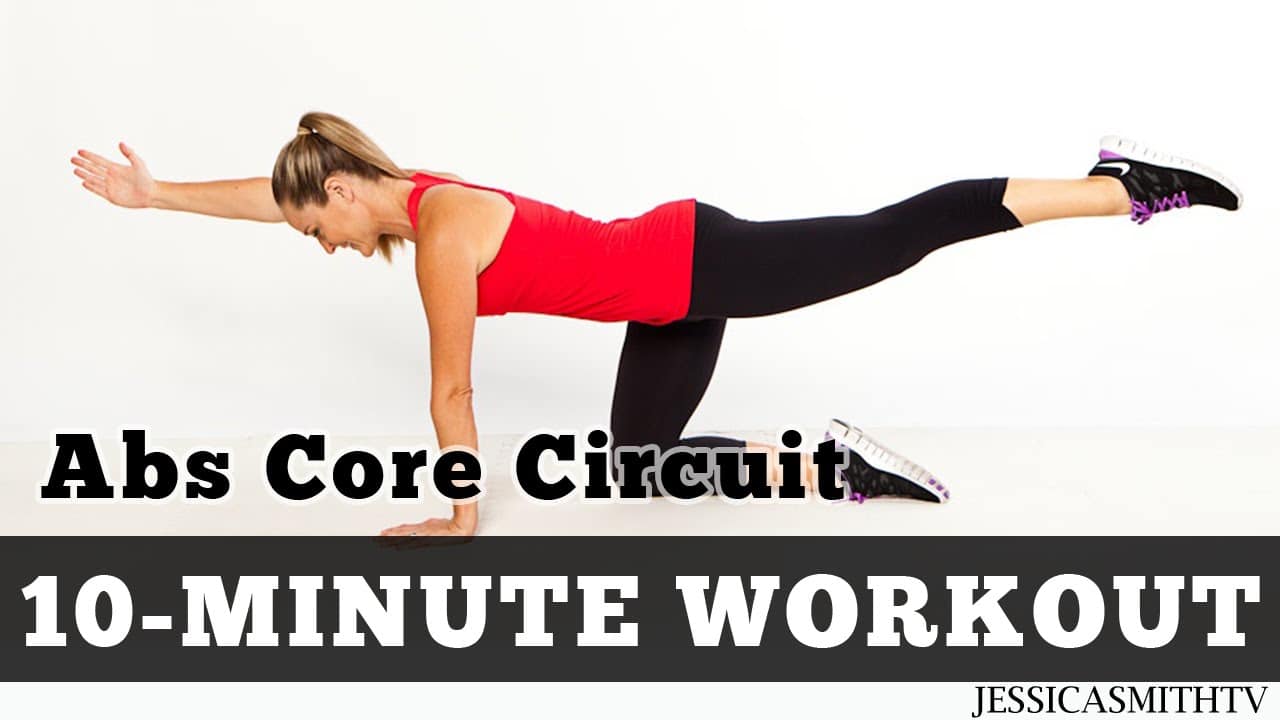
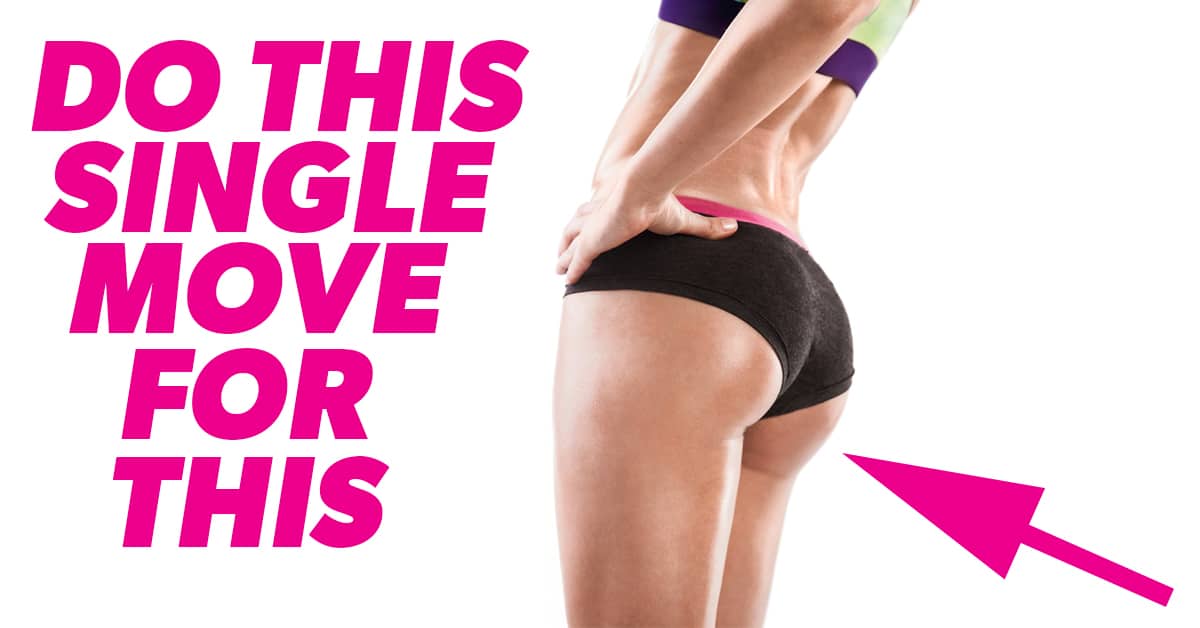

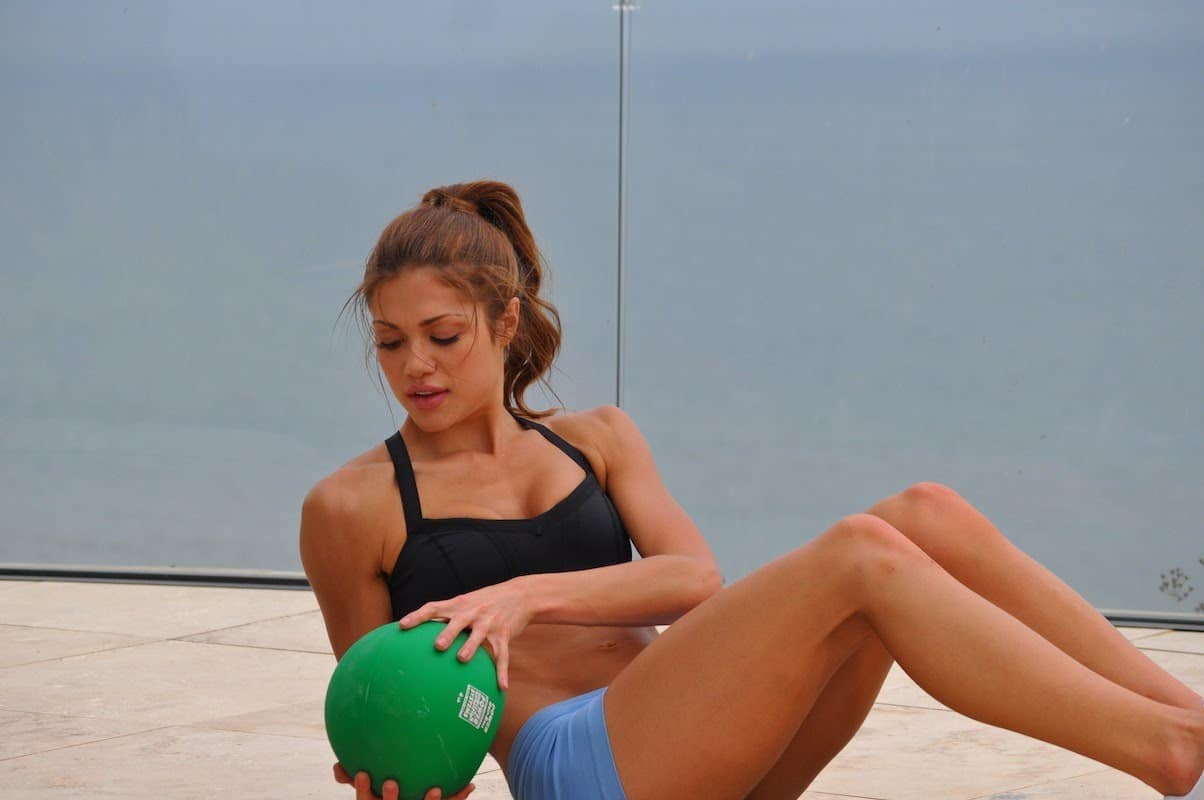

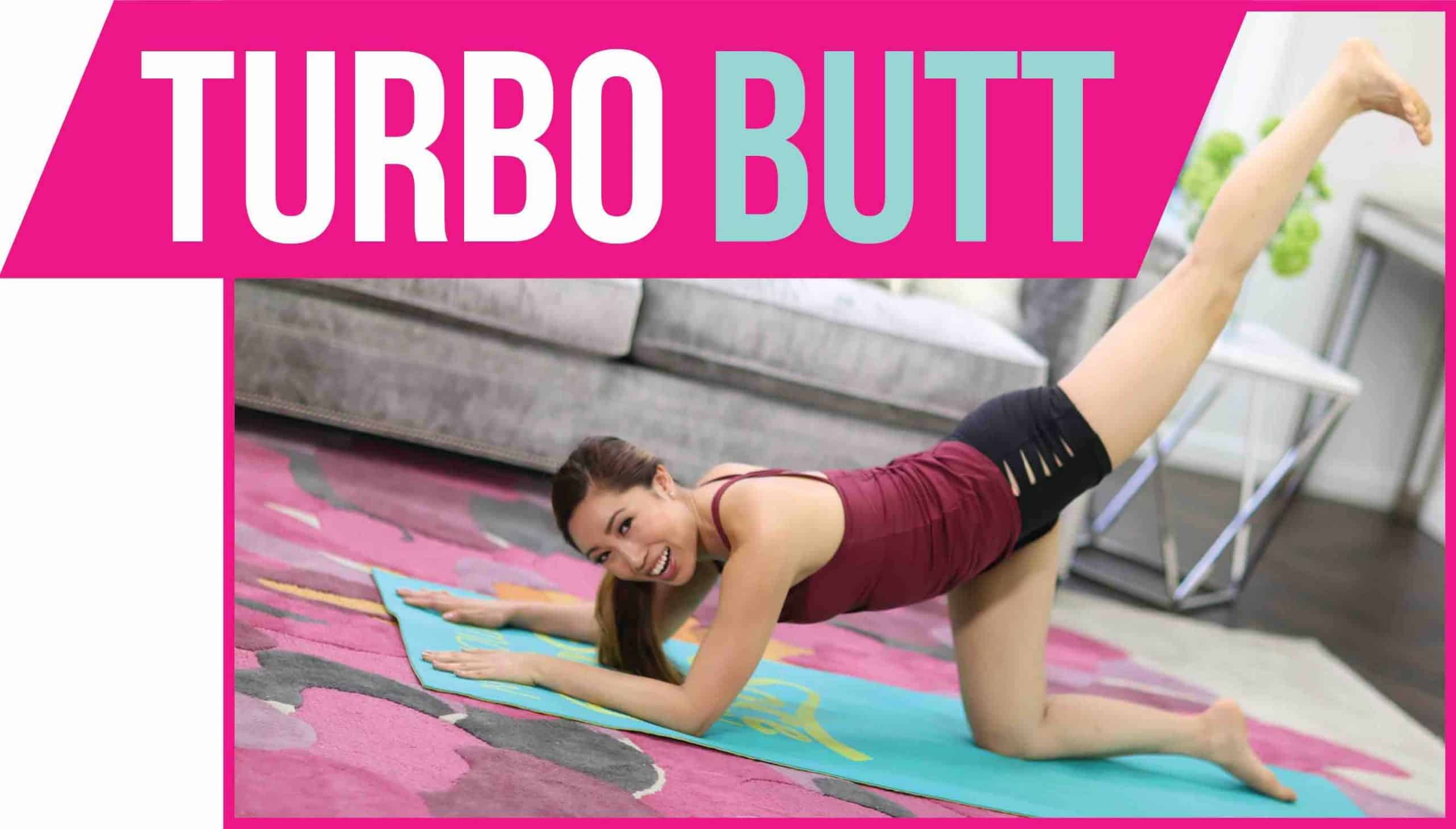
Comments are closed.